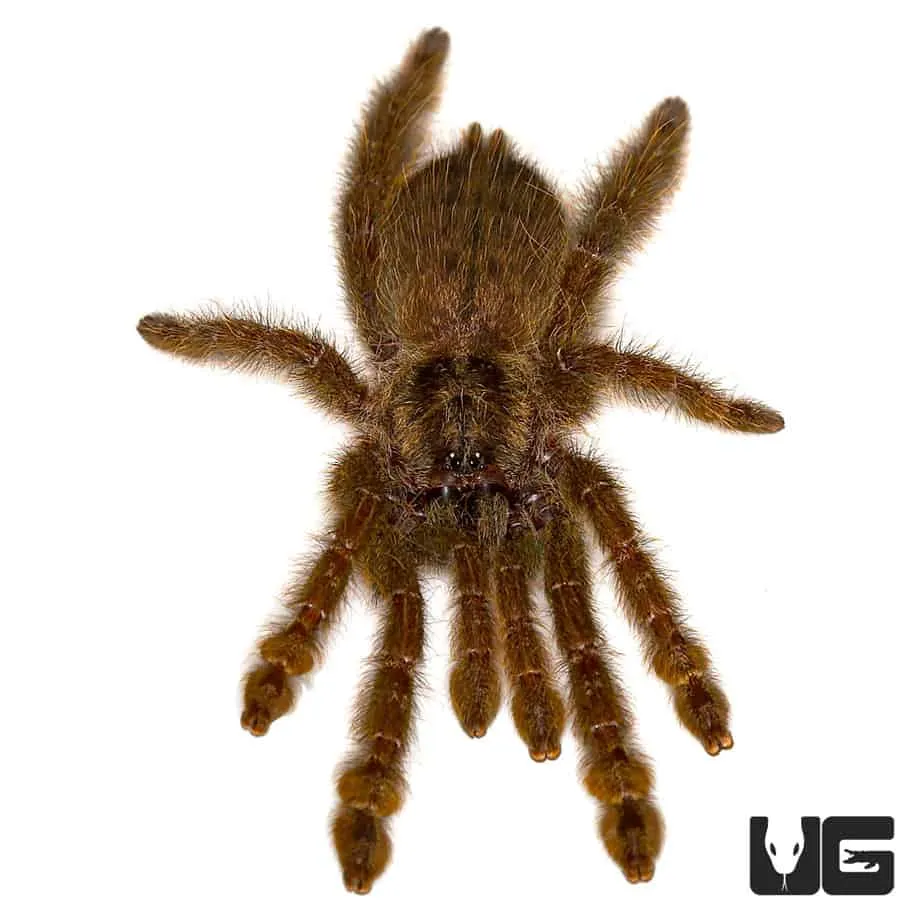What is a Yellow Baboon Tarantula?
The Yellow Baboon Tarantula (Heteroscodra maculata) is a fascinating and, at times, intimidating spider that has captured the attention of arachnid enthusiasts worldwide. Known for its vibrant yellow coloration and relatively aggressive nature, this tarantula offers a unique experience for experienced keepers. Native to the tropical regions of Africa, these spiders are not for the faint of heart. This article will delve into five amazing facts about this spider, exploring its origins, behavior, care, and what makes it such a compelling creature.
Origin and Habitat
These spiders are indigenous to West and Central Africa. They thrive in tropical environments with high humidity and temperatures. They are often found in burrows, under rocks, or within the crevices of trees in rainforests or savanna regions. Understanding their natural habitat is crucial for providing appropriate care in captivity, as replicating these conditions is key to their health and well-being. They prefer areas with plenty of cover and often construct silk retreats to feel secure from potential predators.
Appearance and Characteristics
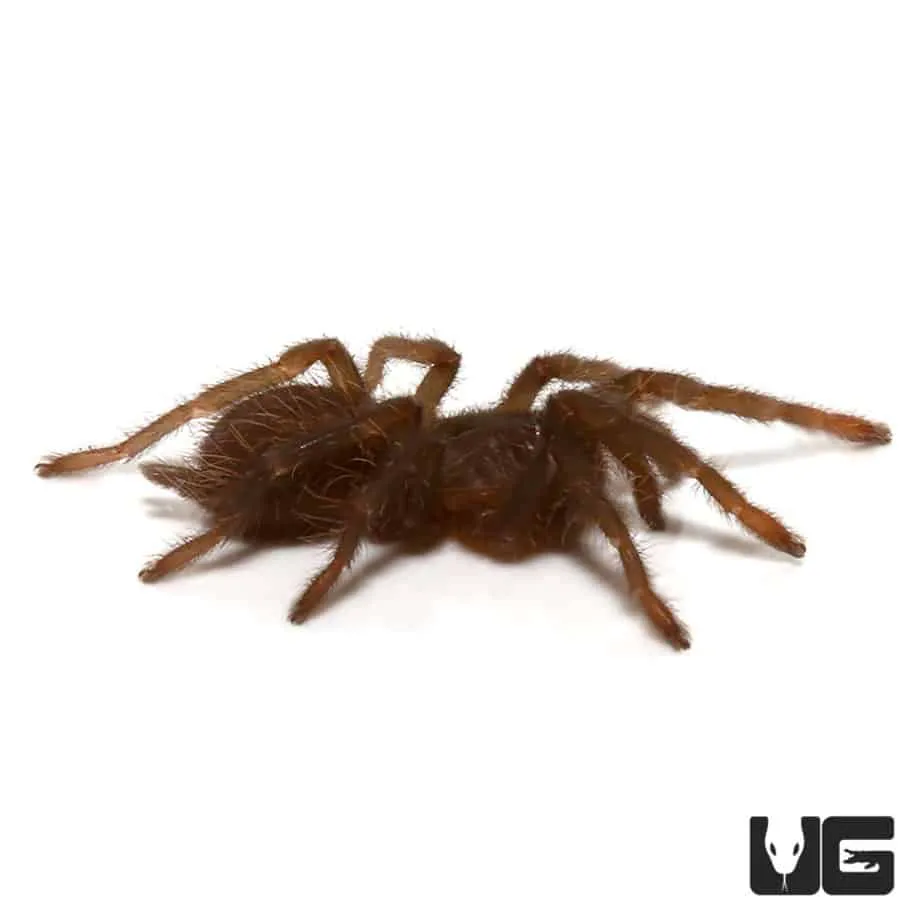
The most striking feature of the Yellow Baboon Tarantula is, of course, its coloration. Adults display a vibrant yellow hue on their legs and carapace, contrasting with a darker abdomen. They are medium-sized tarantulas, typically reaching a leg span of up to 5-6 inches. Their bodies are covered in urticating hairs, which they can flick off as a defense mechanism. These hairs cause irritation upon contact with skin or eyes, so caution is advised when handling them or working around their enclosures.
Yellow Baboon Tarantula Behavior
Known for their relatively defensive nature, Yellow Baboon Tarantulas are not typically recommended for beginners. They are fast, agile, and can be quick to bite if they feel threatened. While not considered lethal to humans, their bite can be painful. Understanding their behavior is essential for safe keeping. They are primarily ambush predators, waiting patiently for prey to come within striking distance. They are also known for their burrowing habits, often retreating to their hideaways when disturbed.
Aggressiveness and Defense Mechanisms
Yellow Baboon Tarantulas are often described as one of the more aggressive tarantula species. When feeling threatened, they may display a threat posture, rearing up with their fangs exposed. They will also flick urticating hairs as a deterrent. The hairs cause intense itching and discomfort if they come into contact with skin. This behavior makes them unsuitable for frequent handling, and keepers must exercise extreme caution when working in their enclosures.
Burrowing Habits
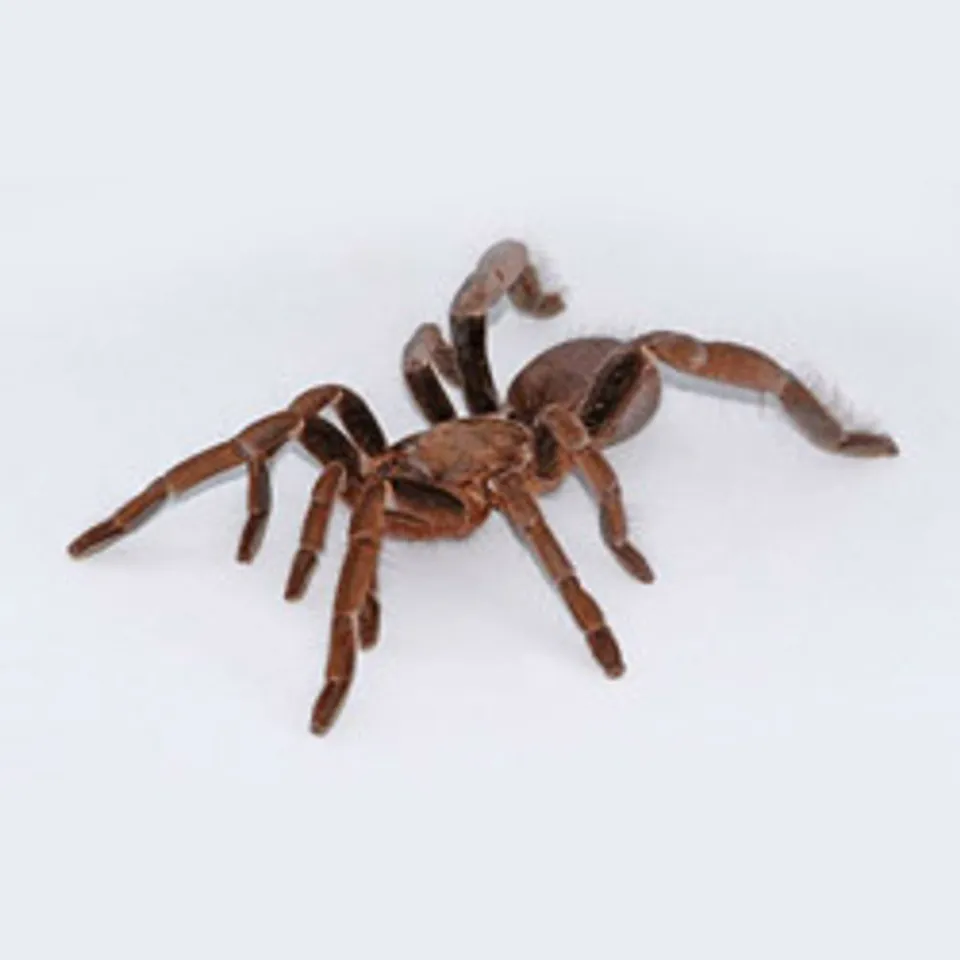
In their natural habitat, Yellow Baboon Tarantulas are known to create burrows. This behavior extends to their captive environment as well, making a deep substrate essential. Providing a suitable substrate, such as a mix of peat moss, coco fiber, and vermiculite, allows them to dig and create their preferred retreats. This behavior is crucial for their well-being, as it provides a sense of security and allows them to regulate their environment effectively.
Top 5 Amazing Facts About Yellow Baboon Tarantula
Fact 1: Powerful Venom
Yellow Baboon Tarantulas possess a potent venom that, while not life-threatening to humans, can cause significant pain, muscle cramps, and other localized symptoms. The effects of a bite can last for several hours to days. Therefore, while not medically significant in most cases, their venom contributes to their reputation as a species best suited for experienced keepers. The severity of the reaction depends on factors like the amount of venom injected and the individual’s sensitivity.
Fact 2: Nocturnal Hunter
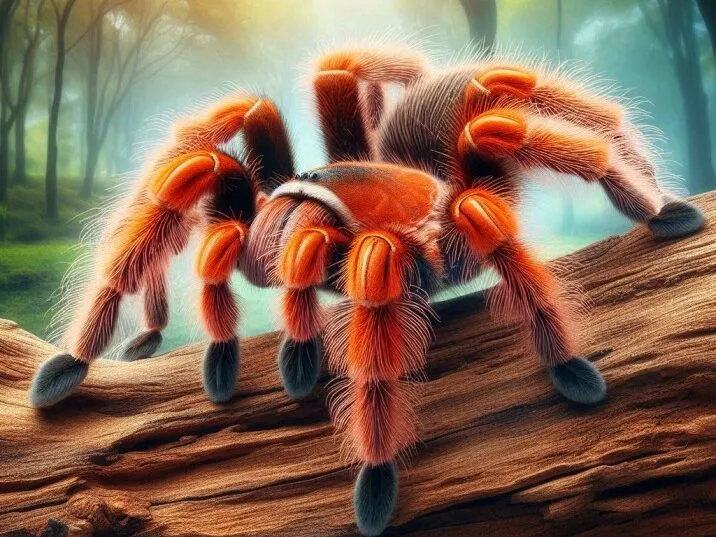
These tarantulas are primarily nocturnal hunters. In the wild, they emerge from their burrows under the cover of darkness to ambush prey. In captivity, they are often most active at night, waiting patiently for their next meal. This behavior means you won’t see them often during the day, adding to the mystique and fascination of this species.
Fact 3: Long Lifespan
Yellow Baboon Tarantulas, like many tarantula species, have a relatively long lifespan. Females can live for 10-15 years or even longer, making them a long-term commitment for any keeper. Males typically have a shorter lifespan, often only living for a few years after reaching maturity. This longevity is one of the many appealing aspects of owning a tarantula.
Fact 4: Unique Coloration
The striking yellow coloration of the Yellow Baboon Tarantula is a significant factor in its popularity among arachnid enthusiasts. This vibrant color provides a stunning visual contrast, making them attractive display animals for those who are comfortable with their care. The specific shades of yellow can vary, adding further individual character to each spider.
Fact 5: Popular Pet
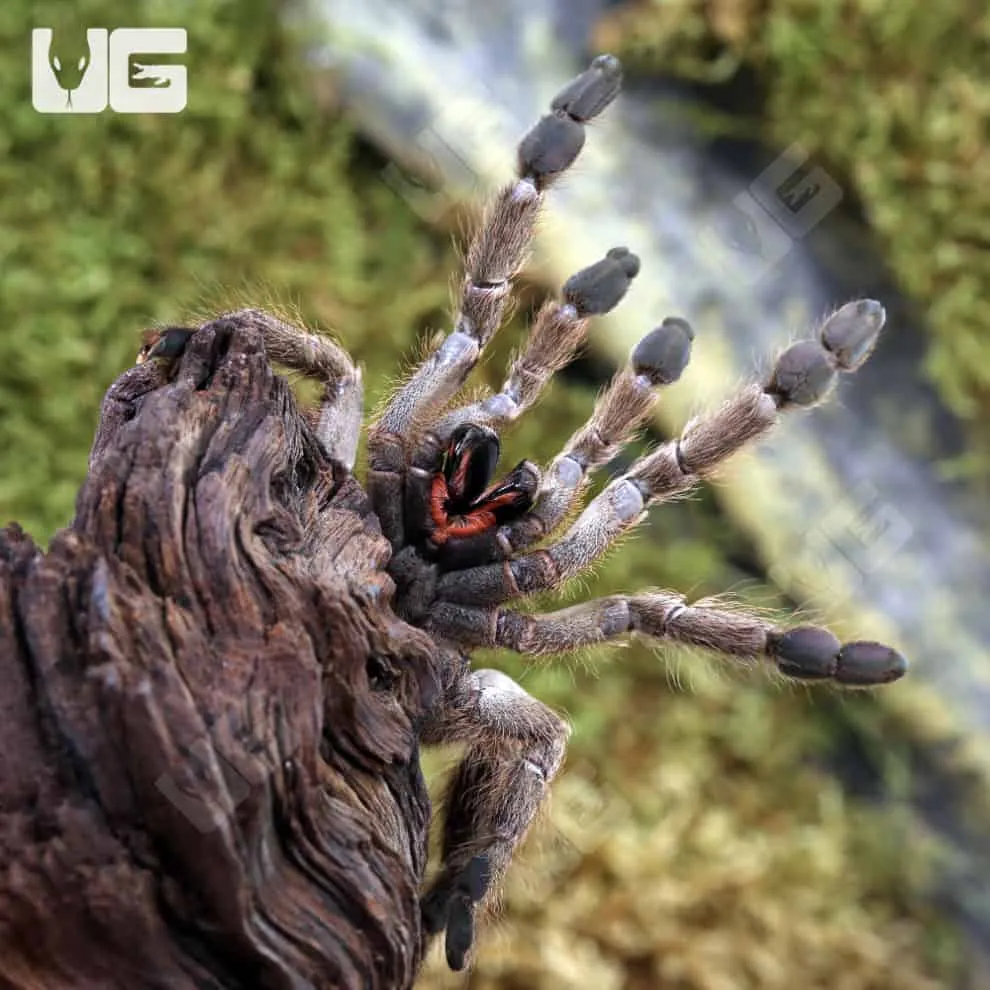
Despite their challenging temperament, Yellow Baboon Tarantulas are a popular choice for experienced tarantula keepers. Their vibrant appearance, interesting behavior, and the challenge of proper care contribute to their appeal. They are not recommended for beginners due to their temperament and the specific environmental needs, but those with experience often find them rewarding.
Yellow Baboon Tarantula Care Guide
Habitat and Enclosure
A secure enclosure is crucial. A glass or plastic terrarium with good ventilation is recommended. The enclosure should be appropriately sized for the tarantula, with a minimum of 10-gallon capacity for adults. The substrate should be deep enough for burrowing, around 6-8 inches, and made of a mix of peat moss, coco fiber, and vermiculite. Provide hiding places such as cork bark or artificial plants to create a sense of security.
Temperature and Humidity
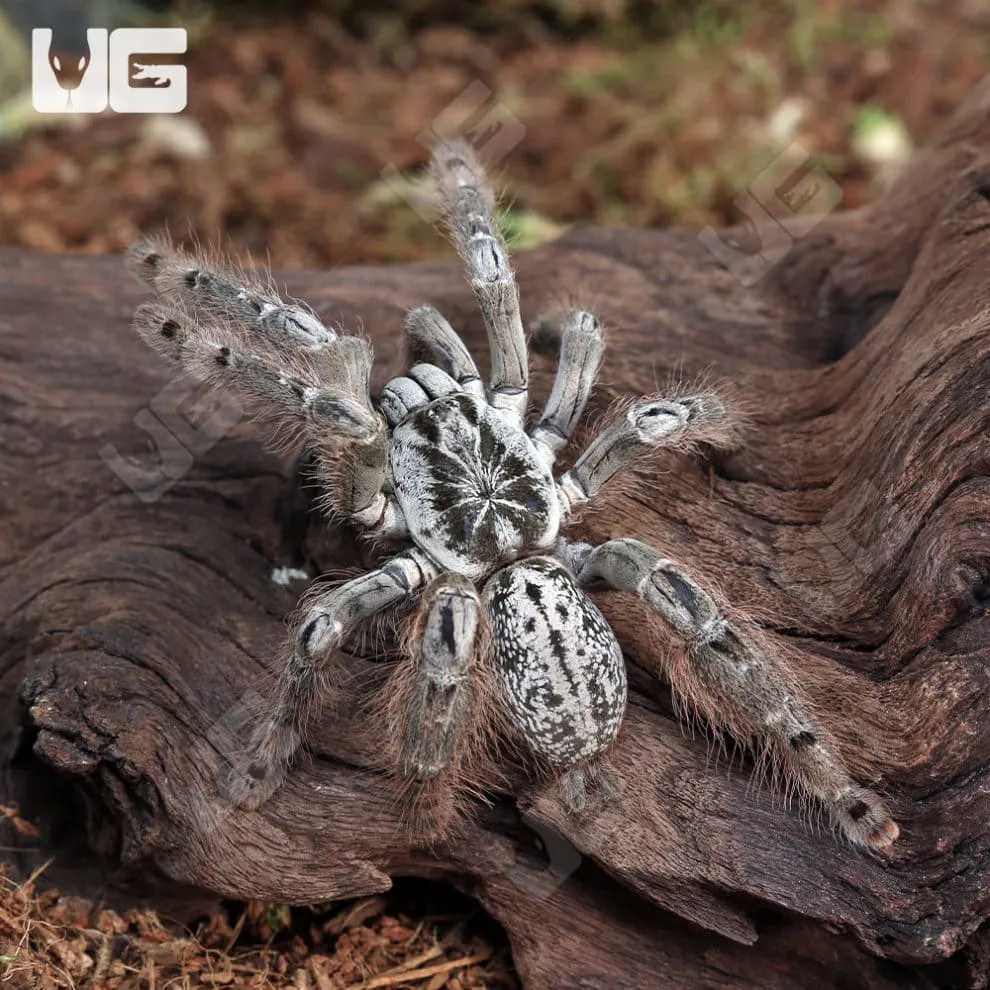
Maintaining the correct temperature and humidity levels is critical for the health of the Yellow Baboon Tarantula. The ideal temperature range is between 75-85°F (24-29°C). Humidity levels should be kept between 70-80%. A hygrometer is useful for monitoring humidity. Misting the enclosure regularly or providing a water dish can help maintain proper humidity levels. Proper ventilation is also essential to prevent mold and fungal growth.
Feeding and Diet
The Yellow Baboon Tarantula is a carnivore and will feed on a variety of insects. Crickets, roaches, mealworms, and other appropriately sized insects are suitable food sources. The frequency of feeding will depend on the size and age of the tarantula. Adults can be fed once or twice a week. It’s important to remove uneaten prey after a day or two to prevent stress to the spider or potential for mold. Provide a shallow water dish with fresh water at all times.
Handling and Safety
Handling should be kept to a minimum due to the tarantula’s defensive nature. If handling is necessary, do so with extreme caution and be prepared for a potential defensive response. Avoid sudden movements and try to coax the spider onto a wide, soft surface, if possible. Always wash your hands thoroughly after handling or working in the enclosure. Never handle a tarantula if you are not comfortable.
Common Health Issues
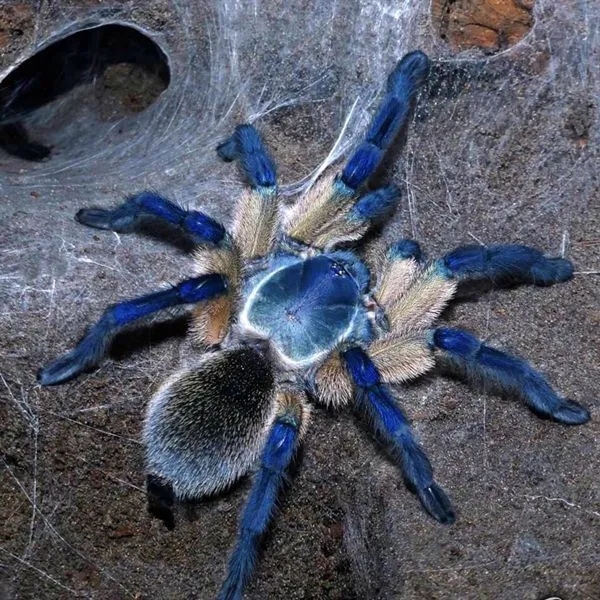
While relatively hardy, Yellow Baboon Tarantulas can be susceptible to certain health issues. Dehydration can be a common problem. Make sure the enclosure humidity and the water dish are adequate. Mites can also be a problem. Regular enclosure maintenance and quarantining new additions can help prevent mite infestations. Problems with molting can also occur, often related to humidity or temperature issues. It is essential to observe the tarantula for signs of illness or distress and consult with an expert or veterinarian if necessary.
